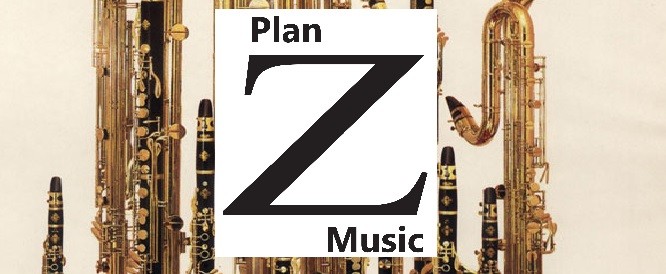I write this blog as both author and publisher of the Learn Your Scales and Arpeggios book series. I am not quite a one man band, though:
are always bustling about the office, supervising my work and ensuring I don’t start slacking.
The first books, for clarinet, are already available via this website and through other major retailers. A similar series for saxophone is due for publication in the new year.
Any publication setting out instructions for fingering or any other aspect of technique is like red rag to a bull for most in our profession and I am fully aware of the controversy that will be sparked by some 300 pages of very specific rules and guidelines. I welcome the debate, so please send me your comments.
300 pages may seem an awful lot to plough through to get on top of these scales and arpeggios, but should be considered in the context of quite a few years spent on the journey from Grade 1 to Grade 8. Scales are hard on all wind instruments, especially the clarinet with its big range and 12th overblow. There seems to be little logic to the fingering system: some keys you press to close holes, others to open them. The 17-keyed, Boehm system instrument of today is the result of centuries of piecemeal development; if you started designing it from scratch now the end result would probably bear no resemblance to what we use today, but this is what we are stuck with. Fingering involves the conjunction of two mechanisms: the human hands with all their complex articulations, and this higgledy-piggledy key system.
Notoriously, wind players struggle with scales: every grade examiner I have spoken to confirms this. It seems that many teachers sweep the problem under the carpet – “Don’t worry about the scales: as long as you pass on all three pieces, you can’t fail the exam” – some, in an increasingly unregulated profession, can’t even play the scales themselves. Students, even when they have the best will in the world, often do not have a clue how to set about learning them. Clearly, what is needed is an instruction manual, setting out how to play each item, how to incorporate scale work into general technical development and how to condition scale knowledge into the unconscious memory through repetition in practice. My own, step-by-step handbooks are based on teaching methods I have employed successfully for many years.
The remit of these books is strictly limited to the mechanics of finger work, and I make it clear in the lengthy introduction to each book that this is not a complete method for learning, but should be used in conjunction with other teaching material. One criticism that I have received bemoans the absence of tips for embouchure or diaphragm support, which would be especially useful when approaching high notes for the first time. These are obviously vitally important issues and I would love to encourage use of this site as a forum for the exchange of ideas. However, please do not look for coverage of embouchure and breathing in the scale books, which deal solely with the mechanics of fingers and keys.
In forthcoming articles I will explain the thinking behind the various instructions about fingering in the books. You may find some of this controversial but I hope you will not dismiss my reasoning just because it’s not what you do.


